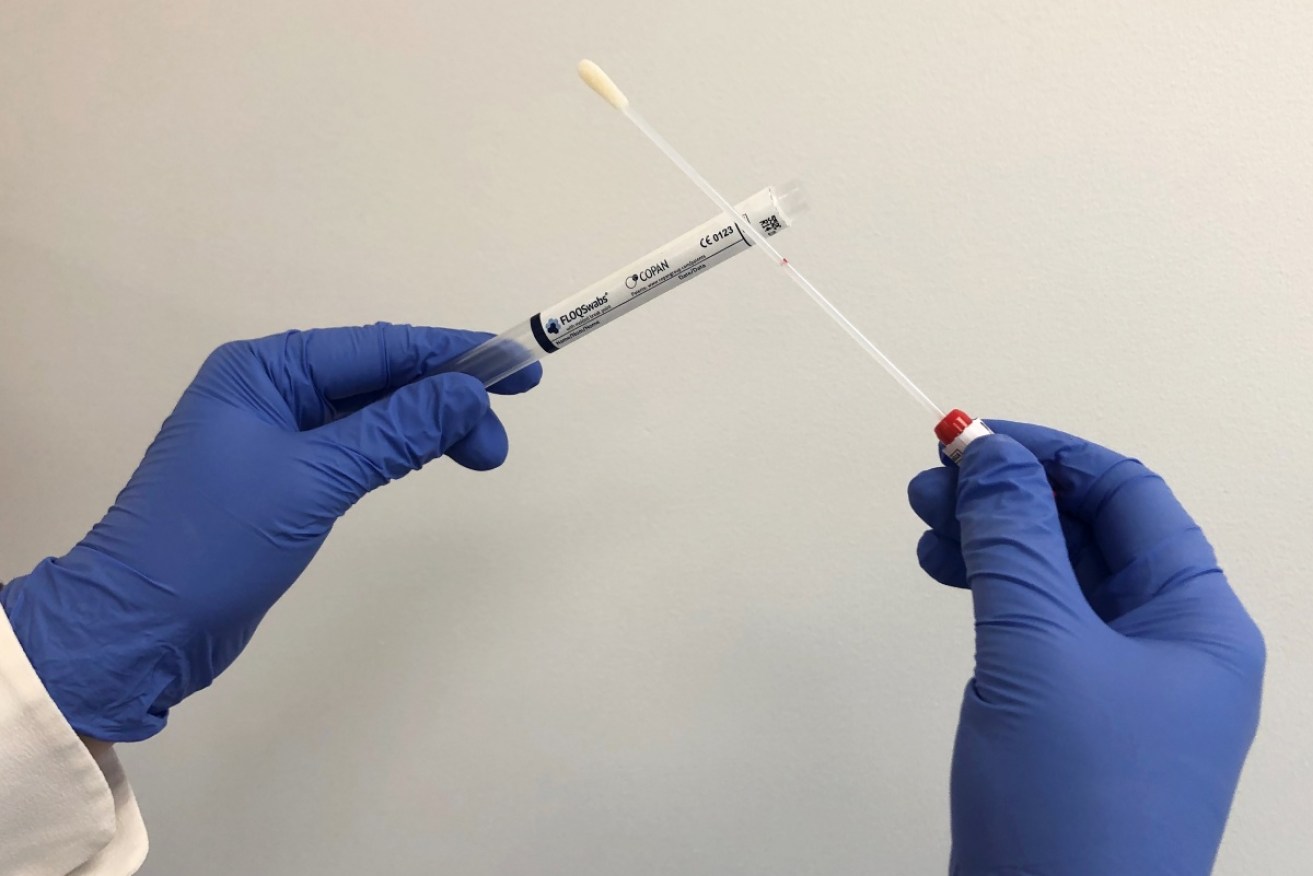DIY cervical cancer test a ‘game changer’

Women are now able to take a self-administered cervical cancer test in private at a GP clinic. Photo: AAP
A cervical cancer testing overhaul is coming to Australia that will allow more women to privately administer their own less invasive procedure.
From Friday women aged 25 to 74 will be able to take a self-administered test in private at a GP clinic, using a swab similar to those used in COVID-19 PCR tests.
Doctors will then send the swabs to a lab for analysis.
The move is part of a federal government campaign to prevent cervical cancer with regular screening.
“Anyone who has ever had a traditional ‘pap smear’ knows how uncomfortable and off-putting they can be,” assistant health minister Ged Kearney said in a statement.
Ms Kearney described the do-it-yourself test as a “game-changer” that would break down a barrier to health care access.
“It will mean that women who have experienced sexual violence do not have to have the invasive test, but can still be effectively screened for cervical cancer,” she said.
Previously, self-collection was only available to women 30 years or older, who had never undergone a cervical cancer screening test, or were more than two years overdue.
Marion Saville, executive director at the Australian Centre for the Prevention of Cervical Cancer, told AAP she hopes the broadening of eligibility means screening will reach under-serviced people in the community.
“Currently our youngest people eligible for screening, those 25 to 29, and our oldest 70 to 74, are not screening at the rates we would like,” Prof Saville said.
Studies have also shown self-collection is attractive to other under-screened communities, including Indigenous and Torres Strait Islander people, people from diverse cultural backgrounds and those at the lower end of the socio-economic spectrum.
“Cervical cancer is the one cancer that we’ve got figured out really,” Prof Saville said.
The cancer is almost always caused by human papillomavirus (HPV), which Australia has been vaccinating against since 2008, she said.
“Most young people who were at school at that age got access to the vaccine, as did women up to the age of 26 at the time,” she said.
“So we’ve got a highly vaccinated community.”
While vaccination prevents about 70 per cent of cervical cancer, the vaccinated population still requires screening every five years.
People who test negative for HPV are considered safe for up to five years.
If HPV is detected, further investigation of its impact on the cervix is required to determine if pre cancerous cells exist.
“If there is a pre cancer, that can be treated by a specialist gynaecologist and thereby we prevent cancers,” she said.
While Australia has low cervical cancer rates compared to world standards, Prof Saville noted seven out of 10 cases come from people who haven’t ever been screened or are overdue.
Despite the strong screening and vaccination programs in Australia, serious inequities exist in Indigenous communities.
“Aboriginal women are more than two times as likely to get this cancer and almost four times as likely to die of it than other Australian women.”
Other inequity issues may exist across the country.
“It’s likely that the people who are under screened from other communities will have higher rates of cancer,” Prof Saville said.
– AAP








